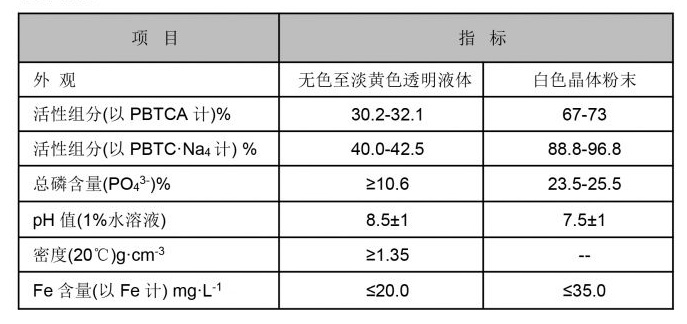Anionic PAM Applications and Benefits in Water Treatment and Soil Improvement
Anionic Polyacrylamide (APAM) has emerged as an essential polymer used in various industrial applications due to its effectiveness in enhancing water treatment processes, enhancing soil stability, and facilitating oil recovery. As an anionic polymer, APAM carries a negative charge, which influences its interaction with various substances and makes it particularly useful in different sectors.
One of the primary applications of APAM is in the field of water treatment. Its ability to flocculate particles—clustering small suspended particles together—results in the efficient removal of contaminants from wastewater. When added to water, APAM molecules bond with suspended solids and colloids, forming larger agglomerates that can be easily removed by sedimentation or filtration. This property makes APAM invaluable in municipal wastewater treatment plants, ensuring that water is treated effectively before being released back into the environment.
.
Another significant application of APAM is in the oil and gas industry, specifically in enhanced oil recovery (EOR) processes. In EOR, APAM is used to increase the viscosity of water injected into oil reservoirs, improving the displacement of oil trapped in rock formations. By increasing the contact between the injected water and the oil, APAM helps to push more oil towards the production wells, resulting in higher extraction rates and more efficient resource utilization.
anionic pam

Moreover, the versatility of APAM allows its modification to cater to specific needs in different industries. By adjusting the degree of hydrolysis and molecular weight, the properties of APAM can be tailored for diverse applications, ranging from thickening agents in food and cosmetics to drilling fluids in petroleum exploration.
Despite its many advantages, the use of APAM should be accompanied by careful consideration of environmental impacts. While APAM is generally regarded as safe when used appropriately, concerns regarding its degradation and potential toxicity to aquatic life necessitate further research and stringent regulation.
In conclusion, Anionic Polyacrylamide is a multifaceted polymer with significant applications in water treatment, agriculture, and oil recovery. Its unique properties make it an indispensable tool in these sectors, but its environmental implications warrant responsible use and ongoing study. As industries continue to seek sustainable solutions, the role of APAM is likely to expand, driving innovations in efficiency and environmental stewardship.
-
Understanding Polycarboxylic Acids: Properties, Applications, and Future PotentialNewsJul.28,2025
-
Scale Inhibitor Explained: How to Protect Your System from Limescale and Hard Water DamageNewsJul.28,2025
-
Scale and Corrosion Inhibitors: Essential Chemicals for Industrial Water System ProtectionNewsJul.28,2025
-
Polyaspartic Acid: A Biodegradable Polymer for Sustainable ChemistryNewsJul.28,2025
-
Isothiazolinones: A Versatile Antimicrobial Class with Industrial Power and Regulatory ChallengesNewsJul.28,2025
-
A Deep Dive into 2-Phosphonobutane-1,2,4-Tricarboxylic Acid (PBTC)NewsJul.28,2025





